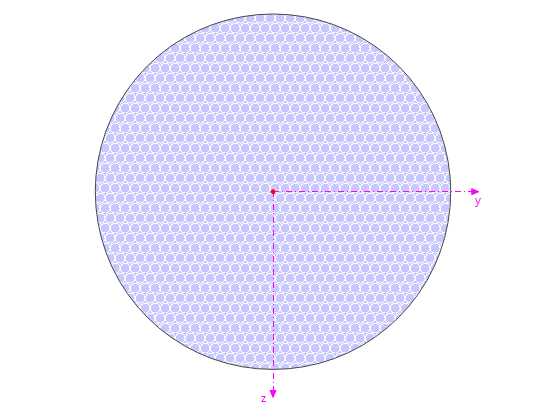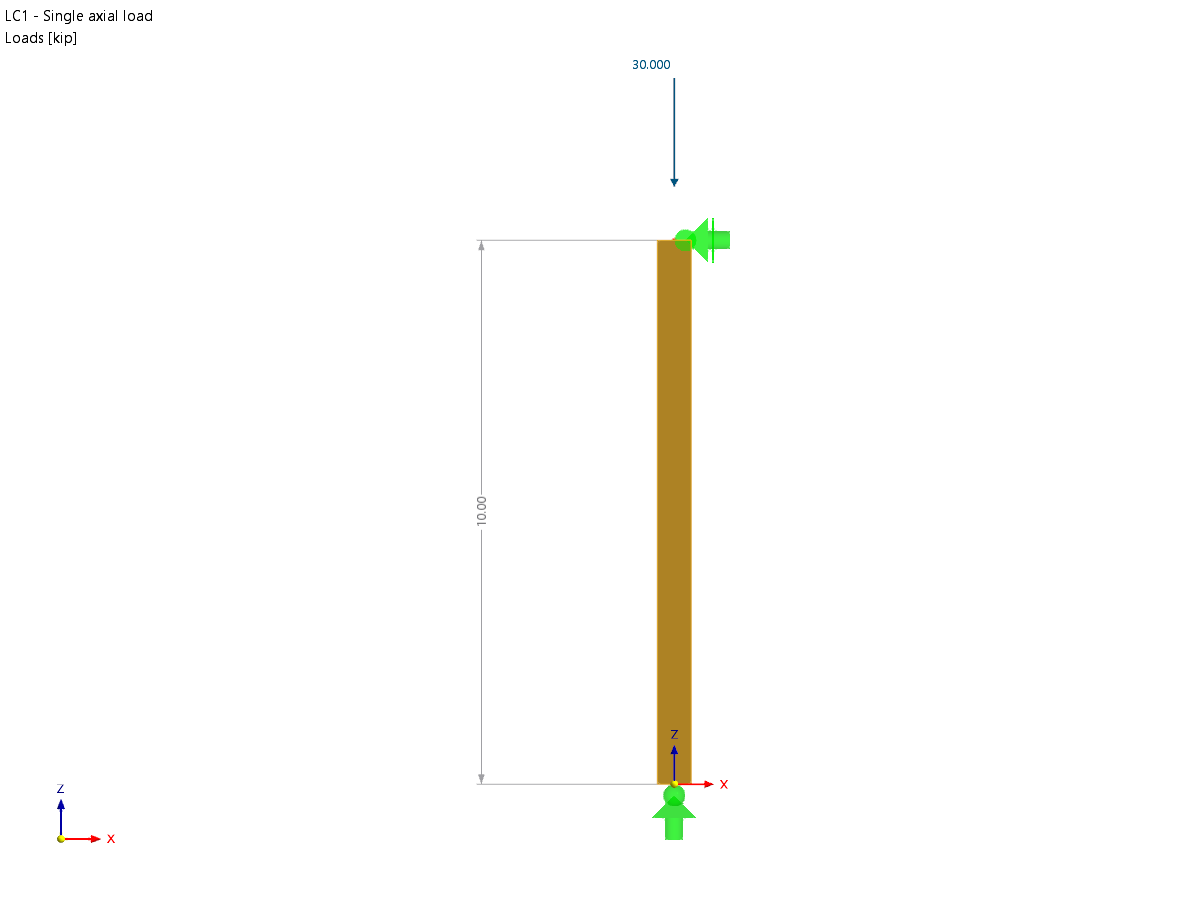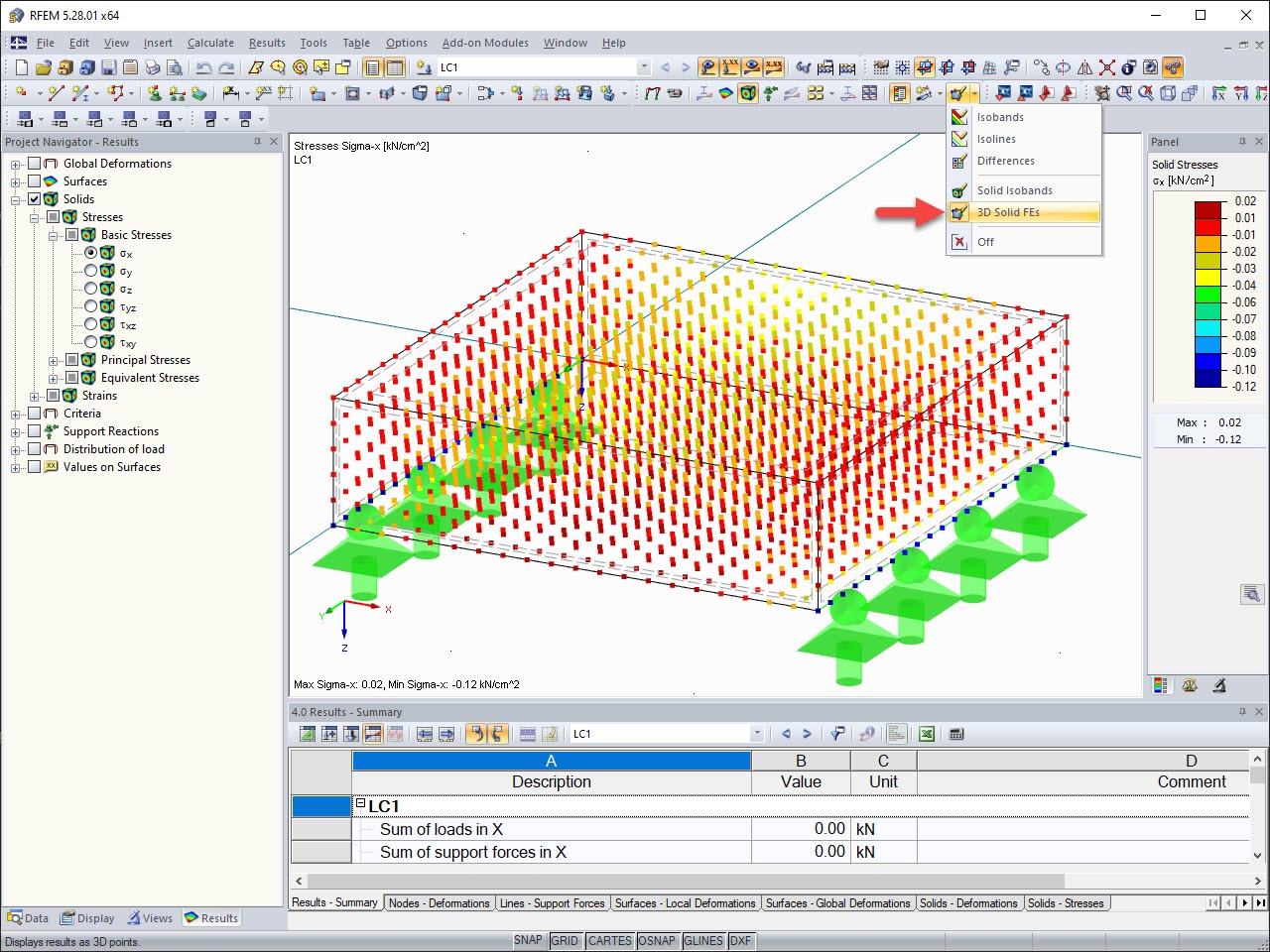Question:
How is an inflatable object simulated in RFEM?
Answer:
An inflatable object usually consists of an air-filled foil bag with internal and external stiffening elements. The shape of the pressurized foil bag depends on:
1.
Applied pressure or air volume introduced in the foil bag
2.
Membrane stress distribution in the foil membrane
3.
Local placement and design of the stiffening elements
Such a model can be modeled in RFEM using the RF‑FORM‑FINDING add-on module and simulated for certain load situations. For this, proceed as follows:
1.
Open RFEM and activate the RF‑FORM‑FINDING add-on module.
2.
Define the material properties for the enclosing foil material and the enclosed air medium.
3.
Use membrane elements to model the foil bag geometry, including the stiffeners, by approximating the desired target geometry.
4.
Define the forming membrane stresses for the form-finding process on the membrane body.
5.
Define a gas volume with a description of the atmosphere in the foil bag.
6.
Define the internal pressure of the foil bag for the form-finding process using the gas pressure load in a load case with the "Form-Finding" category.
7.
Apply a realistic support of the foil bag body.
8.
Start the calculation of the RF‑FORM‑FINDING process to obtain the desired target geometry.
The load situation can then be simulated in a subsequent load case. To do this, proceed as follows:
1.
Define a load case and select the corresponding load case category.
2.
Describe the load to be analyzed using the available load catalog.
3.
Start the calculation of the load case to obtain the results based on the previously determined target geometry.








.png?mw=350&hash=c6c25b135ffd26af9cd48d77813d2ba5853f936c)
















![Basic Shapes of Membrane Structures [1]](/en/webimage/009595/2419502/01-en-png-png.png?mw=512&hash=6ca63b32e8ca5da057de21c4f204d41103e6fe20)










.png?mw=512&hash=ea9bf0ab53a4fb0da5c4ed81d32d53360ab2820c)


_1.jpg?mw=350&hash=ab2086621f4e50c8c8fb8f3c211a22bc246e0552)



















.png?mw=600&hash=49b6a289915d28aa461360f7308b092631b1446e)










